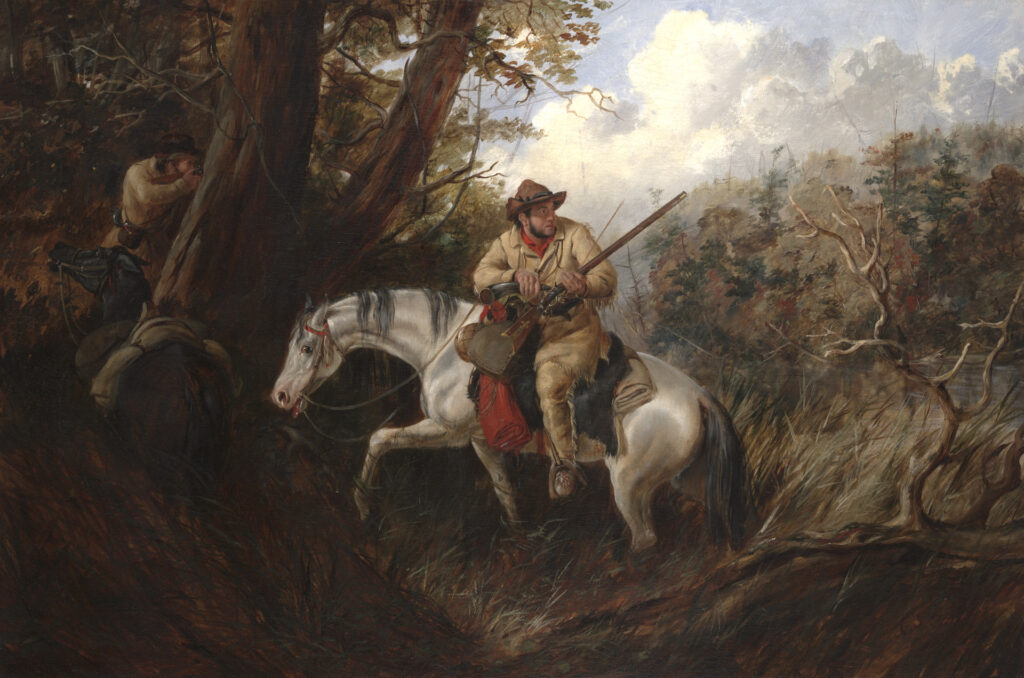The American frontier represents one of the most transformative periods in our nation’s history—a time of bold exploration, challenging settlement, and the relentless push westward that defined the American spirit. Behind nearly every aspect of this expansion stood a powerful force that often receives insufficient recognition: the horse. These magnificent animals weren’t merely transportation; they revolutionized travel, agriculture, commerce, warfare, and communication across the developing nation. Without horses, the rapid expansion that characterized 19th-century America would have progressed at a dramatically slower pace, if at all. From the Pony Express riders galloping across dangerous terrain to the cavalry patrols protecting settlers, from farmers breaking new ground to freight handlers moving goods across vast distances, horses provided the crucial power and mobility that transformed the American frontier from wilderness to settlement.
The Horse’s Journey to North America
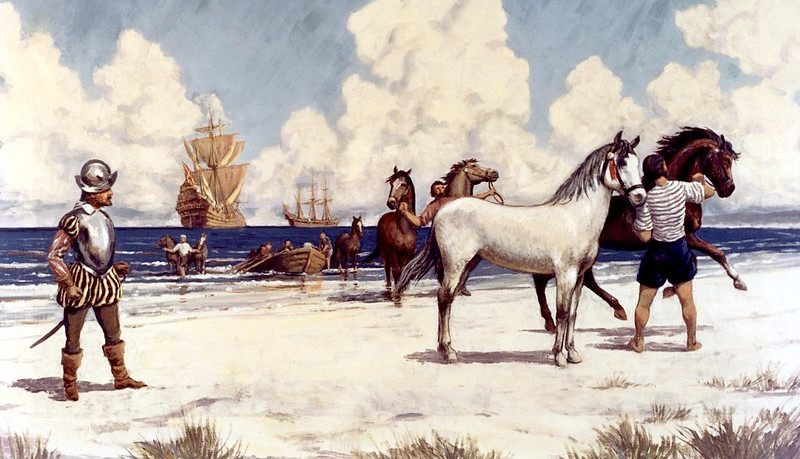
Despite horses being synonymous with the American West, they were not always native to the continent. Horses originally evolved in North America but became extinct approximately 10,000 years ago during the Pleistocene extinction event. Their reintroduction came with Spanish conquistadors in the 16th century, particularly through Hernán Cortés’ expeditions to Mexico in 1519. These European horses escaped or were traded, gradually spreading throughout the continent and transforming Native American cultures long before European settlement pushed westward. By the time American pioneers began their westward expansion, many indigenous tribes had already developed sophisticated horse cultures, particularly the Comanche, who became renowned for their horsemanship. This reintroduction and subsequent proliferation of horses across the continent set the stage for their crucial role in America’s frontier expansion.
Transportation Revolution on the Frontier
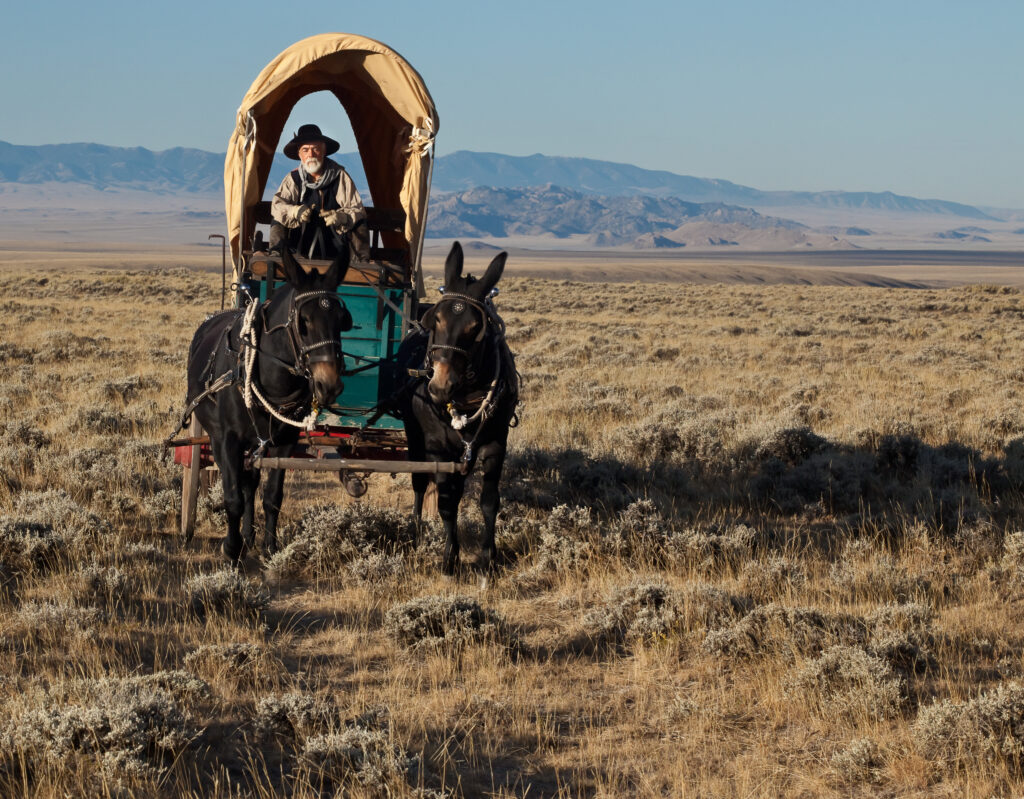
Before railways crisscrossed the continent, horses provided the primary means of efficient overland transportation in frontier America. A person on horseback could cover 30-40 miles per day—roughly four times the distance possible on foot—transforming what would have been month-long journeys into manageable week-long trips. This mobility advantage proved critical for pioneers heading west along routes like the Oregon Trail, where covered wagons were typically pulled by teams of horses or oxen (with horses preferred for their speed when available). Horses also enabled explorers like Lewis and Clark to cover vast territories and return with crucial information about western lands. The freedom of movement provided by horses allowed settlers to establish homes far from established population centers, knowing they could still travel for supplies, medical attention, or community gatherings.
Agricultural Transformation and Expansion
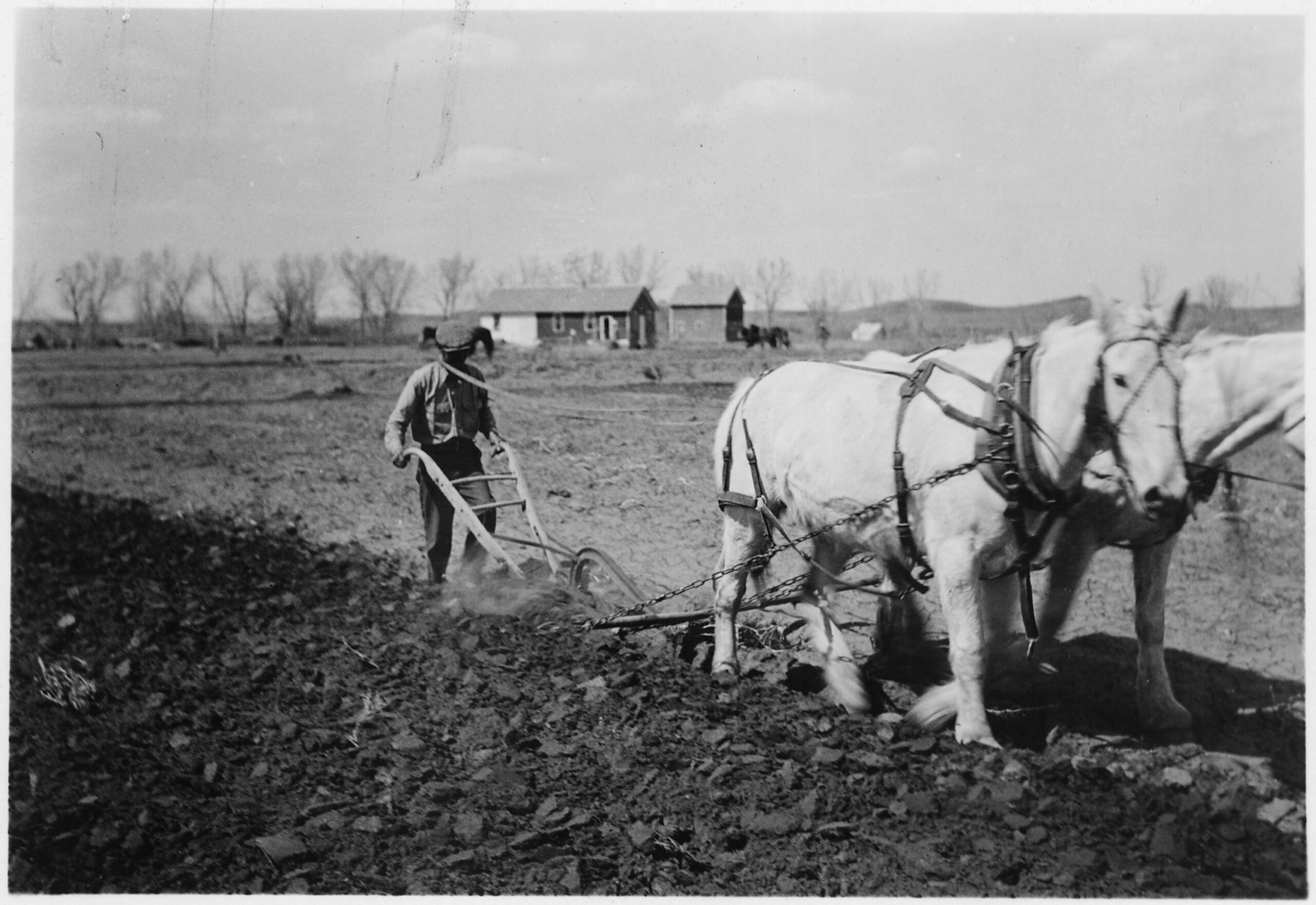
The agricultural development of the American frontier would have been nearly impossible without horses providing crucial power for farming operations. A single horse could plow several acres per day, helping transform wild prairie into productive farmland at a pace unachievable by human labor alone. This agricultural efficiency allowed frontier families to cultivate larger plots, producing surpluses that could be traded or sold, thereby establishing economic foundations for new communities. Horses pulled the mechanical reapers and other early farm equipment that revolutionized harvesting, making it possible to manage larger farms with fewer hands. Beyond field work, horses transported crops to market, often pulling wagons loaded with hundreds of pounds of produce across difficult terrain to reach trading posts or railroad depots, integrating frontier farms into the broader economy.
The Pony Express: Communication Across the Continent
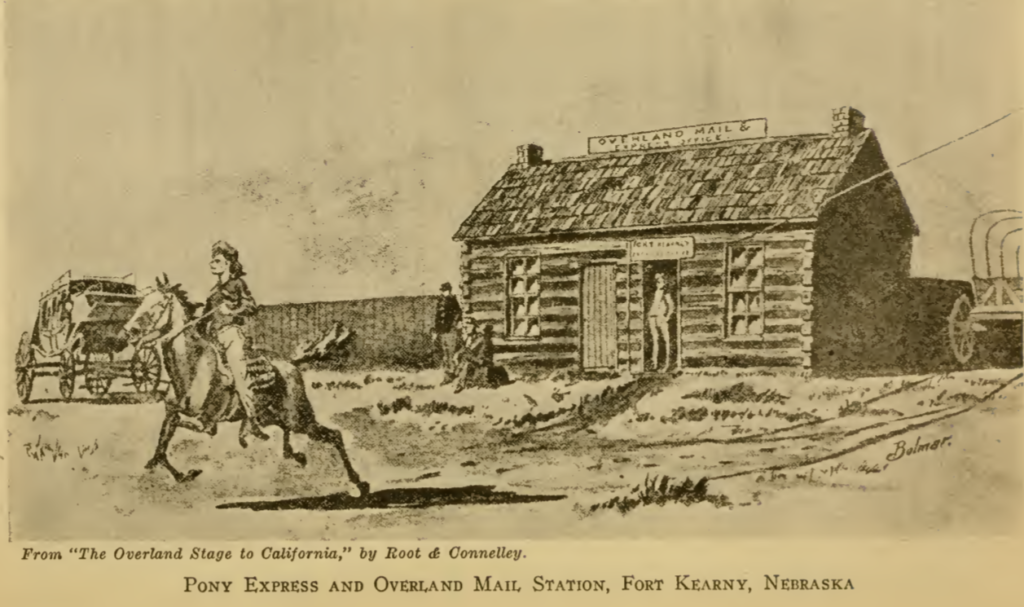
Perhaps no frontier institution better symbolizes the horse’s contribution to American expansion than the Pony Express, which operated from April 1860 to October 1861. This remarkable mail service utilized relay stations approximately ten miles apart, where riders would change to fresh horses to maintain maximum speed across the nearly 2,000-mile route between Missouri and California. Riders could deliver messages from the eastern United States to the west coast in just ten days—an astonishing achievement that previously would have taken months by sea routes around South America. Though short-lived (replaced by the telegraph), the Pony Express demonstrated how horses could compress time and distance, keeping far-flung settlements connected to the nation. The service required approximately 400 horses and 80 riders working in continuous rotation to maintain this vital communication link across rugged and often dangerous territory.
Military Applications and Frontier Defense
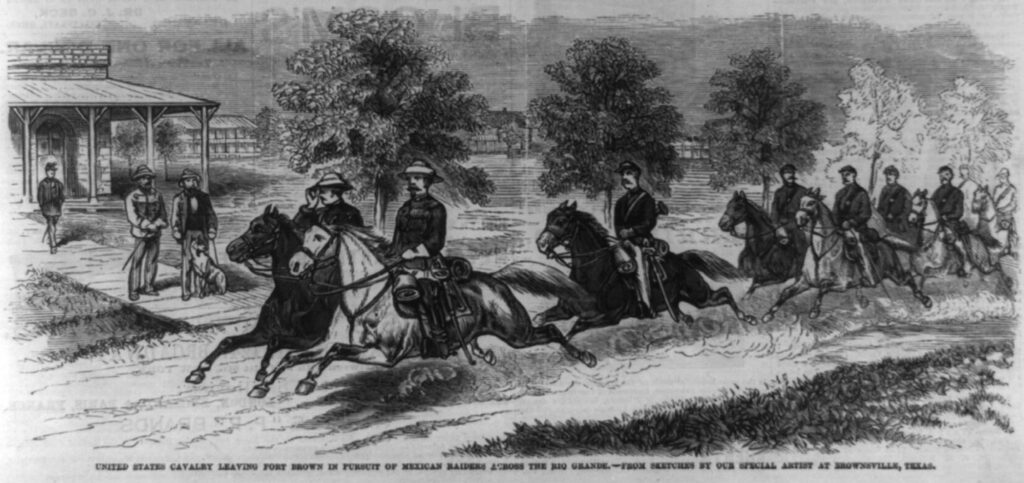
The U.S. Cavalry became the primary military force responsible for frontier defense, and their effectiveness depended entirely on mounted mobility. Cavalry units could respond quickly to threats, patrol vast territories, and project force in ways impossible for infantry units alone in the expansive western territories. During conflicts with Native American tribes, cavalry mobility often proved decisive, though many indigenous warriors were equally skilled horsemen, creating a complex dynamic of mounted warfare across the plains. The horse-mounted military presence provided crucial security that encouraged civilian settlement in areas previously considered too dangerous or remote. Army horses required substantial support infrastructure, including dedicated breeding programs, forage supply chains, and specialized farriers and veterinarians, creating entire military economies centered around equine needs.
Native American Horse Cultures
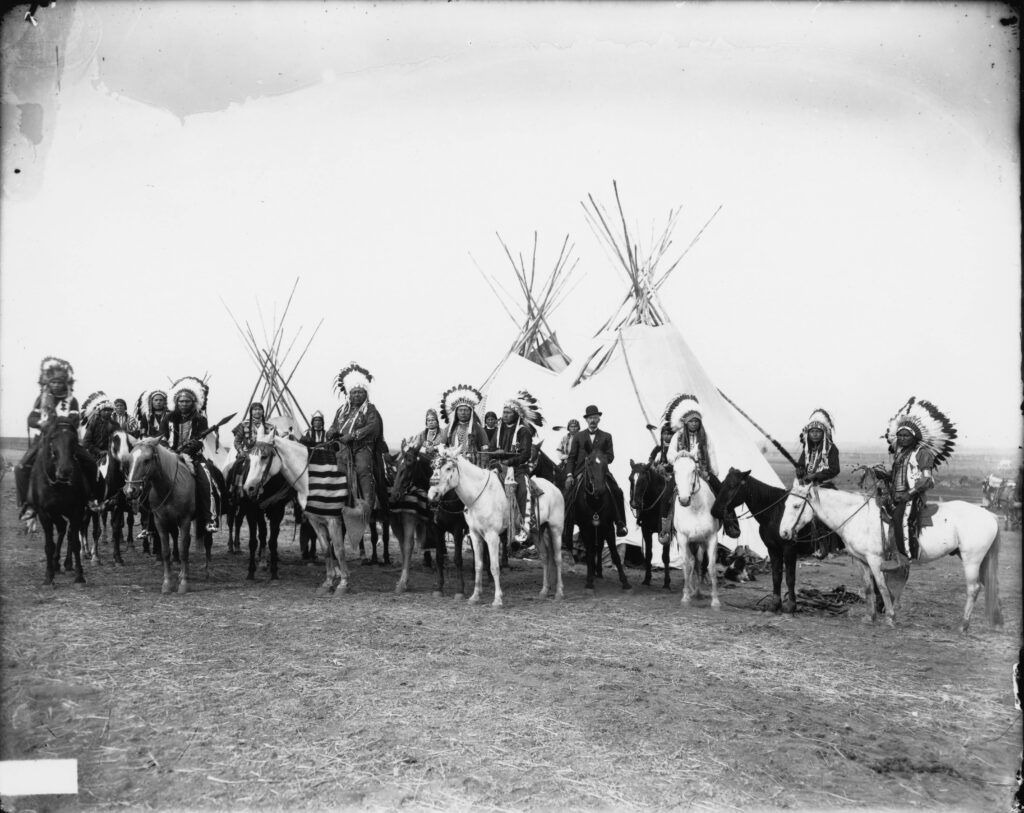
The introduction of horses profoundly transformed many Native American societies, particularly Plains tribes who adapted their entire way of life around these animals. Tribes like the Comanche, Sioux, and Cheyenne developed exceptional horsemanship skills that initially gave them military advantages against European settlers and even the U.S. Army. Horses increased hunting efficiency dramatically, allowing warriors to pursue buffalo herds more effectively and increasing food security for their communities. The horse became central to tribal wealth, status, and power relations, with skilled horse raiders gaining prestige and influence. This equine revolution spread through indigenous trading networks and cultural exchange, creating sophisticated horse cultures that both resisted and influenced westward expansion through complex interactions with American settlers and military forces.
The Economic Impact of Horse Transportation
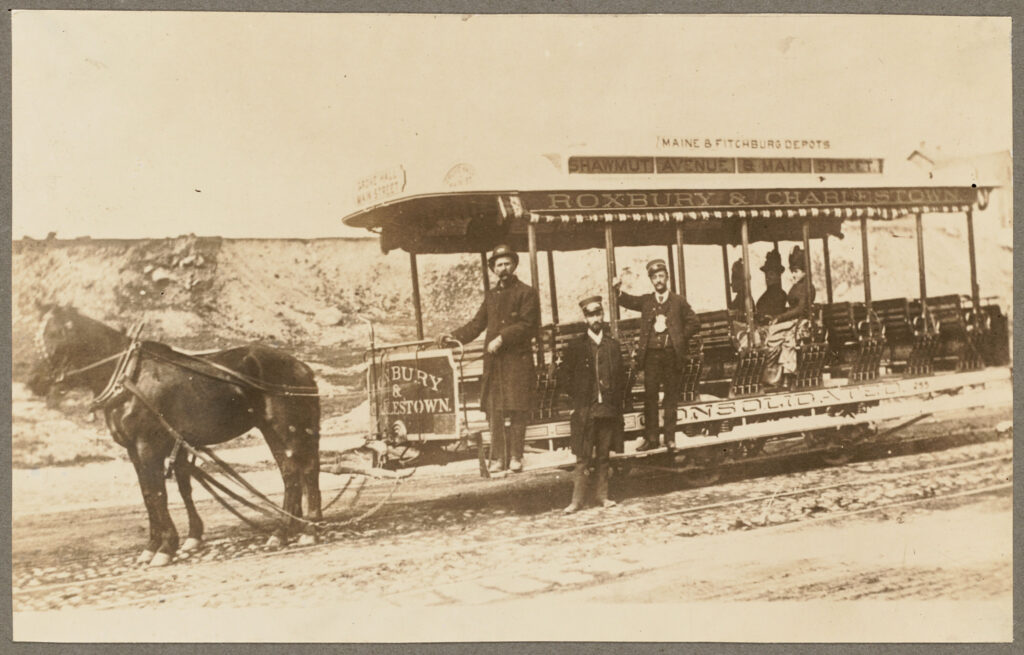
Horses facilitated commercial networks that connected frontier settlements to the broader American economy long before railroads reached many western regions. Freight wagons pulled by horse teams transported goods to remote communities, with businesses like the famous Overland Stage Company establishing regular service routes connecting major western settlements. The freighting industry employed thousands of teamsters, wagon masters, and support personnel who managed the complex logistics of moving goods via horse power. Mining boomtowns in particular relied on horse-drawn supply chains to transport both their extracted resources to market and to bring in the necessities that sustained their populations. This horse-powered commerce created economic corridors that often determined where settlements would thrive or fail, shaping the development pattern of the western United States.
Horses in Cattle Ranching and the Rise of Cowboys
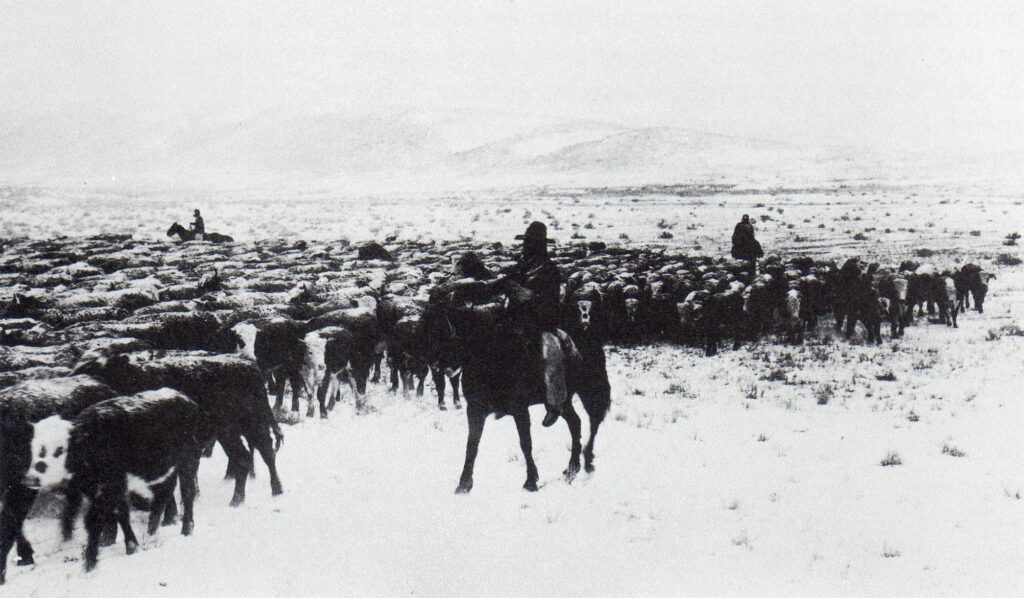
The iconic American cowboy emerged as a direct result of horses enabling efficient management of large cattle herds across the vast open ranges of the West. Without horses, the massive cattle drives from Texas to railroad towns in Kansas would have been impossible, as a mounted cowboy could effectively control and move hundreds of cattle. The specific skills of cutting horses—bred and trained to separate individual cattle from the herd—revolutionized livestock management and became fundamental to western ranching operations. Working cowboys typically maintained strings of multiple horses, rotating between them to maintain fresh mounts during the physically demanding work of cattle drives and roundups. The horse-based cattle industry created an entire cultural ecosystem that remains central to American identity, with equestrian skills, tack design, and horse breeding practices developing specifically around the needs of western stockmen.
Equine Care and Support Industries
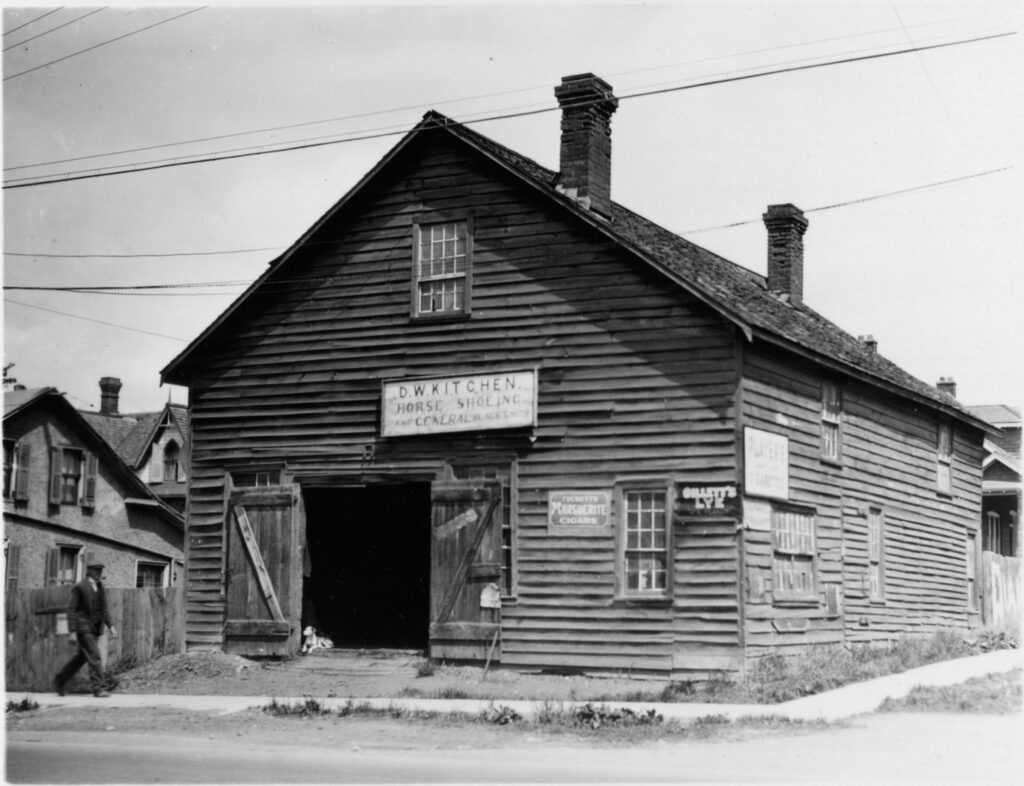
The reliance on horses created entire support industries that became economic pillars of frontier towns. Blacksmiths and farriers were essential businesses in every settlement, providing crucial horseshoe maintenance without which horses quickly became lame and useless. Livery stables operated in virtually every town, offering boarding, feed, and care for travelers’ horses, while also typically renting horses and conveyances to those without their own. Saddle makers, harness makers, and other leather workers specialized in equine equipment, creating highly skilled artisan economies in frontier communities. Horse breeding became a sophisticated industry, with specific breeds developed or refined for western conditions—including the American Quarter Horse, prized for its short-distance speed and agility with cattle.
Social and Community Impact
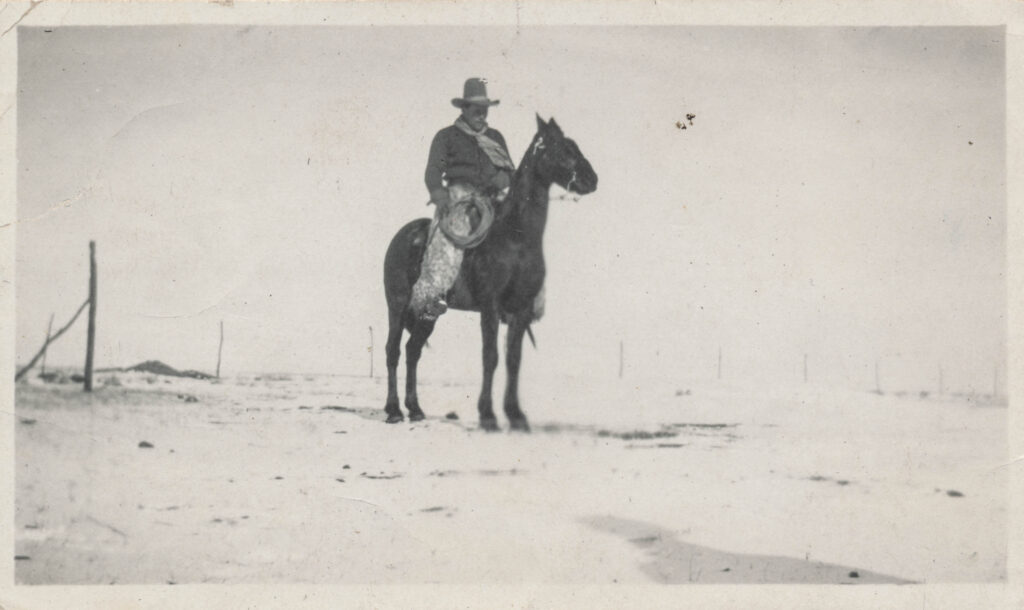
Beyond practical applications, horses shaped frontier social structures and community development in profound ways. Horse races and riding competitions became central community events, bringing together diverse frontier populations for entertainment and social interaction. The ability to travel on horseback meant that isolated homesteads could maintain connections with neighbors and nearby towns, preventing the complete isolation that might otherwise have discouraged settlement. Courtship often involved horseback travel between distant farms, with young men riding miles to visit potential partners in an era before telephones or automobiles. Frontier medical care depended on doctors traveling on horseback to reach patients across wide areas, making the horse literally a lifeline for many remote families.
Challenges and Limitations of Horse Dependence
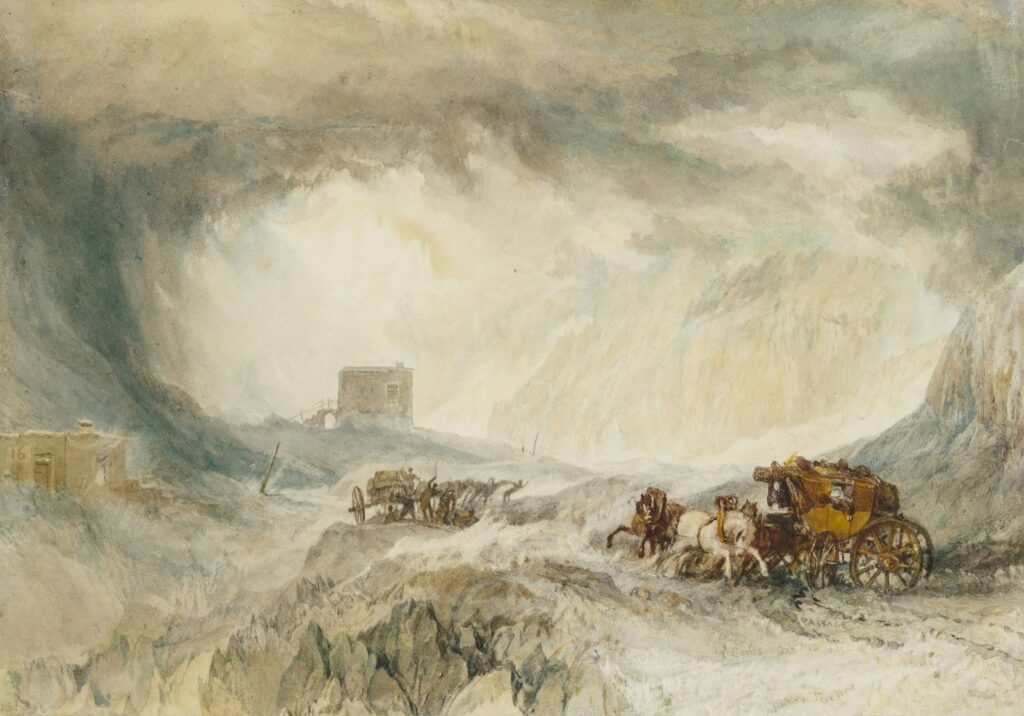
Despite their transformative impact, reliance on horses created significant challenges for frontier development. Horses required substantial daily care and feeding, with each animal consuming 10-20 pounds of forage daily, creating enormous logistical demands in areas with limited natural feed. Diseases could sweep through horse populations with devastating consequences, particularly in cavalry units or transportation companies where animals were kept in close quarters. The seasonal nature of horse transportation—often limited by winter conditions or droughts affecting feed availability—created annual cycles of isolation for many frontier communities. These limitations ultimately contributed to the enthusiastic adoption of railroad transportation and later automobiles, which overcame many of the constraints inherent in horse-powered frontier life.
The Transition to Mechanization
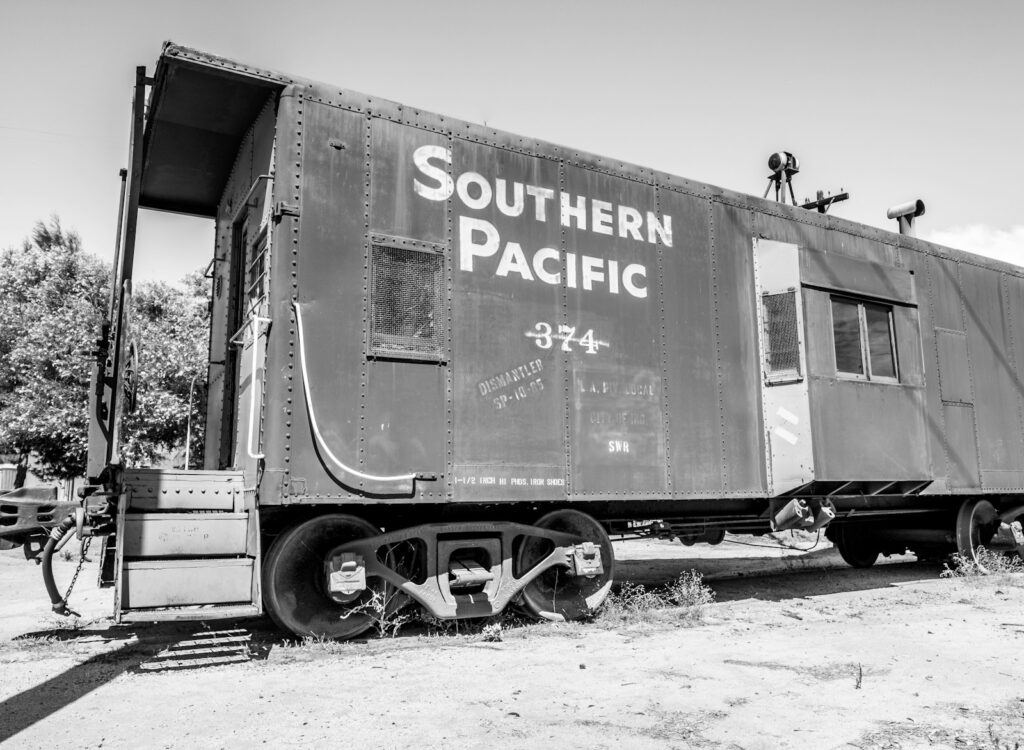
The era of horse dominance on the frontier began to wane in the late 19th century as railroads pushed westward, fundamentally altering transportation patterns. By the early 20th century, automobiles and tractors began replacing horses for personal transportation and agricultural work, though this transition happened gradually and unevenly across the West. Many remote ranches continued to rely primarily on horses well into the mid-20th century, particularly for work that machines couldn’t easily replicate, such as moving cattle through rough terrain. This transition period created fascinating cultural juxtapositions, with horses and early automobiles sharing frontier roads and towns for decades. The decreasing reliance on horses marked the closing of a distinct chapter in frontier history, though horses never disappeared entirely from western life and continue to play important roles in ranching, recreation, and cultural traditions.
Legacy and Enduring Influence
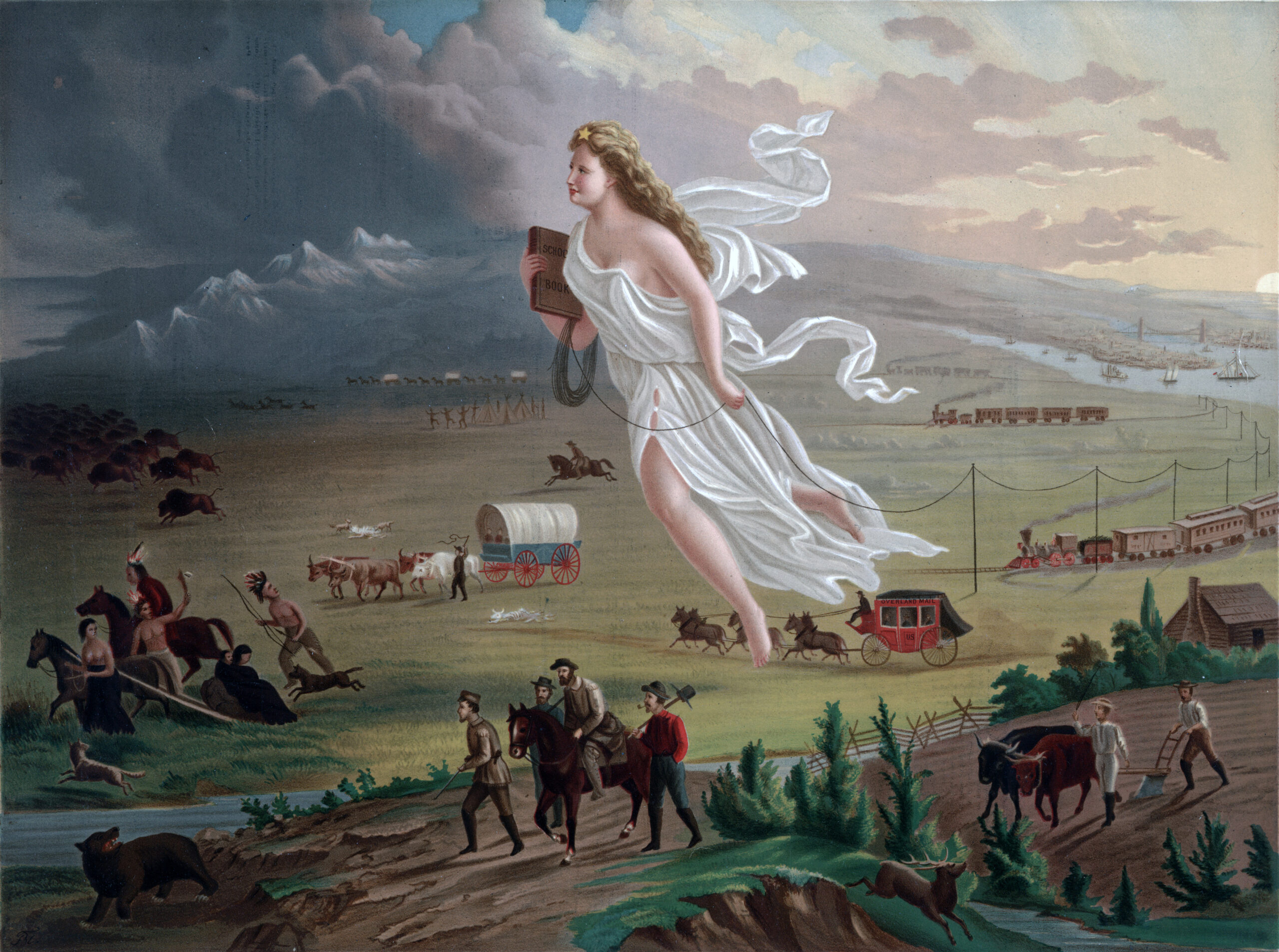
The horse’s contribution to American frontier expansion left an indelible mark on national identity and culture that extends far beyond the practical applications of the time. Western horsemanship traditions developed during frontier expansion evolved into rodeo competitions that celebrate and preserve these historically significant skills. The imagery of mounted cowboys, cavalry soldiers, and Pony Express riders continues to symbolize American independence, courage, and pioneering spirit in literature, film, and art. Horse breeding programs established during the frontier era created distinctly American breeds like the Appaloosa, Morgan, and American Quarter Horse that continue to thrive today. Perhaps most significantly, the partnership between humans and horses during this pivotal historical period exemplifies the transformative potential of human-animal relationships in shaping the course of civilization—a powerful legacy that continues to resonate in American culture and identity.
The story of America’s western expansion is, in many ways, inseparable from the story of the horse. These magnificent animals provided the power, speed, and mobility that made rapid settlement possible across challenging and diverse landscapes. From military campaigns to farming operations, from mail delivery to cattle ranching, horses enabled Americans to overcome the immense distances that might otherwise have fragmented the growing nation. Though technology eventually supplanted many of their practical functions, the cultural impact of the frontier horse era remains deeply embedded in American identity. The special partnership between horses and humans during this transformative period stands as a testament to how this remarkable relationship has shaped not just American history, but human civilization itself.

